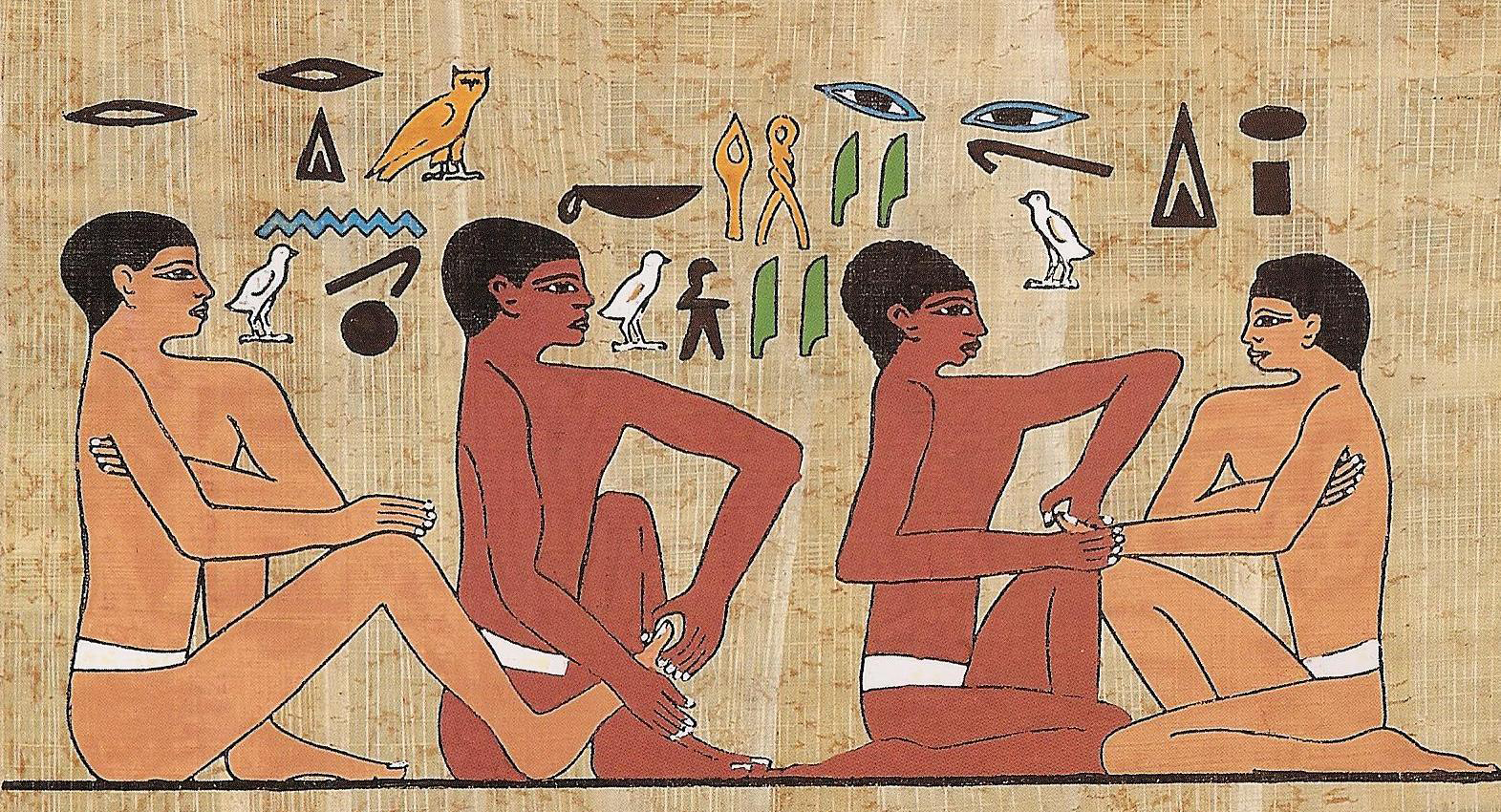Our Feet/Hands mirror the anatomy and physiology of our body.
There are over 7,000 nerve endings in the feet, which are directly linked to our systems of the body including all organs, cells, and tissues.
Reflexology is a stimulation of all of these nerve endings. By applying pressure or massaging the feet we can instantly feel much more relaxed and therefore able to cope easier with some of life’s challenges and problems. The therapy not only treats the symptoms but also treats the ‘root or cause’ of the problem of many ailments – in comparison to a painkiller that only masks the person’s pain.
Reflexology can bring almost immediate relief for short-term ailments or problems. Long term or ‘chronic’ problems may need more attention, however, there is still much relief to be gained from regular treatments.
The whole area of both feet is treated by the Reflexologist to aim to restore harmony and balance to an individual’s mind, body, and spirit.
My experience as a Reflexologist practitioner progressed (in the late 1990’s) from treating many clients within my clinic, as well as receiving patients referred from GP’s – which would nowadays be known as ‘social prescribing.’
Most clients referred from my local GP’s surgery were females, between the age of 45-60 years, who were suffering from; depression, anxiety, hot flushes, irritable skin, headaches, insomnia, and other health concerns relating to the extensive list of symptoms surrounding perimenopause and menopause.
The treatments were extraordinarily successful, with most clients benefitting greatly.

The History of Reflexology;
Reflexology or ‘foot massage’ is said to have originated in China over 5,000 years ago. The earliest solid proof comes from an Egyptian Physician’s Tomb paintings, dating back to 2500-3000 BC, showing men manipulating the feet and hands of other men. (see picture below)

Pictograph from the Tomb of Ankh-ma-hor (Physician’s Tomb) in Saqqara, Egypt, 2,500 B/C. Showing hand and foot work
American Indians were also thought to be using foot massage techniques for medicinal and pleasure purposes, though not as early. Reflexology can help to treat many physical, mental, and physiological conditions, including the following list of health problems;
- Asthma
- Breast pain (benign)
- Circulatory problems
- Conjunctivitis
- Constipation
- Depression
- Digestive conditions i.e. irritable bowel syndrome (IBS)
- Ear problems
- Epilepsy
- Glandular fever
- Hay fever
- Indigestion
- Infertility
- Insomnia
- Neuralgia
- Sciatica
- Sinusitis
- Spine problems
- Stiff joints
- Stiff neck
- Tennis elbow
- Thyroid imbalance
- Tonsilitis
- Vertigo
General Benefits of Reflexology
Relaxation
Reduces feelings of stress
Improves blood circulation
Encourages elimination of waste toxins
Calms and soothes the mind and body
Assists the body in homeostasis (creates a balanced mind, body, and soul)
Initiates the self-healing process
Reflexology Practitioners
It is essential that you find a professionally trained, qualified and reputable reflexologist.
It may be of help to search on the Federation of Holistic Therapies (FHT) website where there are many Professionally Qualified Reflexologists listed in your area;
Find a Therapist | Federation of Holistic Therapists Directory Service (fht.org.uk)